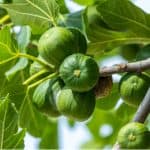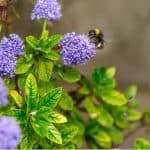Last updated on March 14th, 2022
Our site is reader supported, this means we may earn a small commission from Amazon and other affiliates when you buy through links on our site.
Everyone loves the company of butterflies, with their many colours and their stunning wing patterns. To that end, if you want to encourage the arrival of more flying friends, you need to grow nectar-rich plants that help feed butterflies. Sadly butterflies are in decline and according to a report by the butterfly conservation, 75% of UK butterflies have shown a 10-year decrease so it has never been more important to plant with butterflies in mind.
With butterflies such as the Peacock and Red Admiral becoming rarer, we have listed eight of the best plants that are perfect for attracting butterflies into your garden and giving them the nectar they need. We start off our list with one plant that everybody will probably be familiar with, the Buddleia, commonly known as the Butterfly Bush.
1. Buddleia – Butterfly Bush
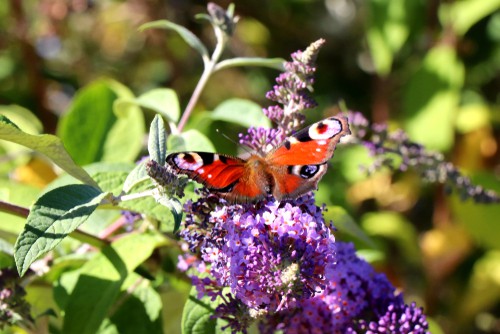
The Butterfly Bush gets its nickname because it is a beautiful, deciduous shrub whose masses of long, spiked blooms attract butterflies in their masses. These shrubs flower from the early summer and often well into autumn. You can find multiple varieties although butterflies seem to prefer specifically the lavender-pink varieties over the dark purple or white varieties. These shrubs are relatively low maintenance and the only thing you need to do is prune them annually and deadhead them to encourage more flowers, and maintain a compact shape if that is what you prefer.
2. Verbena bonariensis
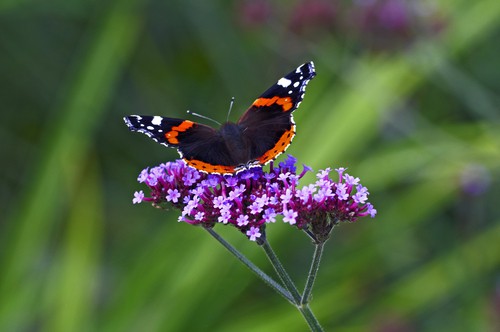
A rapid growing perennial, you can enjoy dark green leaves from which rise slender stems that produce clusters of small, rose violet coloured flowers. Between midsummer and autumn, you can enjoy a rather showy display of flowers and it is the Monarch butterflies in particular who are attracted to these beautiful flowers.
Like the Centranthus ruber (which is next on our list) it tolerates poorer soils, as long as you provide it with proper drainage because they do prefer more moist soil, especially if grown in pots where they will soon begin to wilt if not watered enough. Unfortunately, the leaves don’t often fully recover so watering is something to keep a close eye on if you choose to grow them in pots. That being said, if you grow them in the ground they can virtually look after themselves.
3. Centranthus ruber – Red Valerian
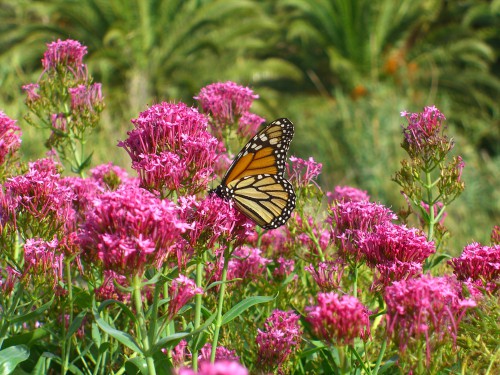
This fragrant, butterfly-attracting plant is best grown in sandy or average soil that is well-drained and allows exposure to either full sun or partial shade. It prefers alkaline soil and full sun, both of which help to ensure a large display of pale to crimson red flowers in May.
Even if you have infertile soil, it can be grown although it will grow in smaller clumps as a result. It self-seeds freely if you give it the right conditions, so you can grow it as a prolific groundcover plant if necessary. You can remove spent flowers in spring to encourage additional flowers if necessary. A stunning perennial the butterflies just love. It grows to around 50-100cm in height and spread, prefers full sun and grows well in exposed sites too.
4. Lavender
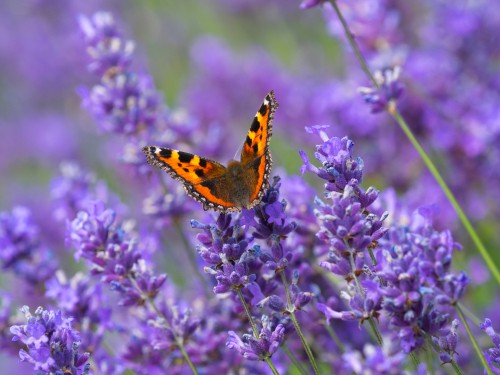
A wonderful Mediterranean plant that produces flowers between June and August. Lavender thrives particularly well in English gardens and is often used in cooking recipes. It is particularly cold-hardy which means colder weather won’t harm it significantly. Not only is it effective at bringing things like bees to your garden, but it would also bring ample butterflies, especially when the whorls of tiny flowers show up in summer.
It truly is an effective staple for all types of herb gardens, especially gardens that want to attract more butterflies. You can grow Lavender in containers or in the ground and they will span between 30-60cm in height and also makes a good choice for small hedges.
5. Erysimum ‘Bowles’s Mauve’ – Wallflower
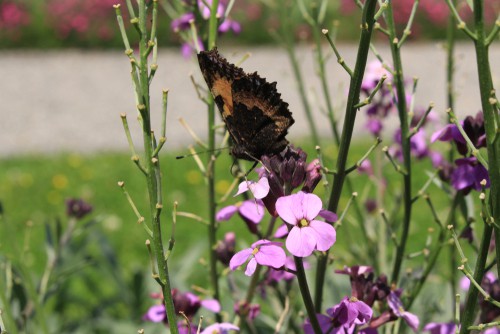
Known as the Wallflower, this is an award-winning flower that gives you months of delightful flowers, from the middle of spring all the way through autumn, and sometimes even into winter. The flowers have four petals on them and are brilliant, all held together in a dense raceme that stands above the grey-green foliage.
You can trim your flowers lightly after the first year of flowering to prevent the plant from becoming too leggy, something that people tend to see when they grow the same Wallflower time and time again. Rest assured that you can bring about butterflies and bees without running the risk of deer or rabbits eating away at your precious blooms. Although it’s a perennial it grows more like a shrub and holds its foliage and often flowers throughout winter.
6. Hylotelephium spectabile
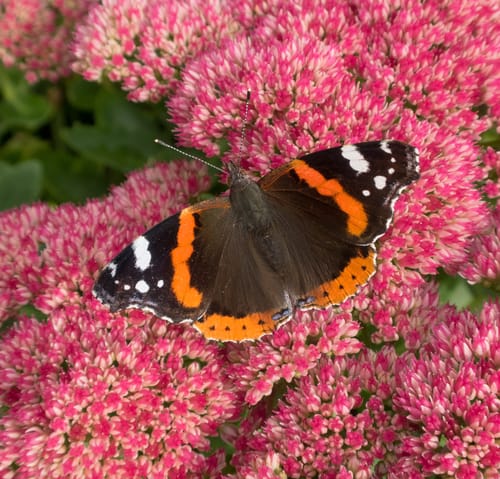
This succulent perennial grows in an upright fashion and can reach up to 30cm or higher and the butterflies absolutely adore it. It is particularly well known for the coarsely toothed blue-green leaves that can reach up to 10cm in size. Moreover, the blooms are small, star-like and come in pink colours.
They flower from the end of summer through the first frost on large flower heads. As the flowers age, the colour changes from pink to dark burgundy, adding not only a beautiful spectacle to behold but the ability to bring butterflies in a part of the season when other flowers stop inviting them. It is quite a drought-tolerant and does well in sun or shade and prefers well-drained soil. Be advised that shaded conditions will produce weaker growth.
7. Hebe ‘Heartbreaker’
Guaranteed to bring not only butterflies and neighbouring visitors to your garden, this evergreen shrub takes on variegated foliage of cream and green. This foliage changes to a bright pink come spring, eventually producing the bright blue flowers and this is when the butterflies will make an appearance.
You can enjoy these blooms from June through October so they are quite long-lasting. The plant is particularly tolerant of almost anything. A very hardy shrub that will tolerate sun or partial shade. It does well both in containers or in the ground and will take on acidic or alkaline soil with ease. Moreover, it won’t perform differently with heavy clay, chalky or sandy soil and is overall really easy to grow with some basic care.
8. Marjoram – Oregano
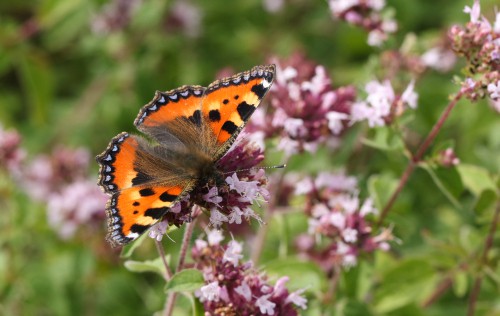
This aromatic herb is actually part of the mint family. The leaves are used in all manner of culinary and cosmetic purposes. It grows very effectively in partial sun to full sun as long as you have well-draining soil.
It also needs very little in terms of space, you can grow it effectively in containers and it will maintain size in accordance with the container size, or you can grow it directly in the ground and allow it to spread. Much like other herbs in the mint family, this one will grow long stretches of leaves with a delightful aroma and tiny flowers that are sure to bring butterflies to your garden.
With any of these great additions, you are sure to enjoy the company of butterflies from all over.
Image credits – Shutterstock.com

